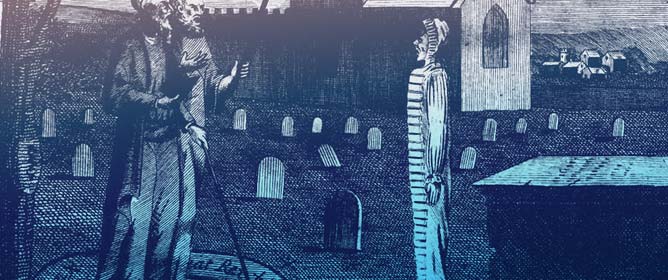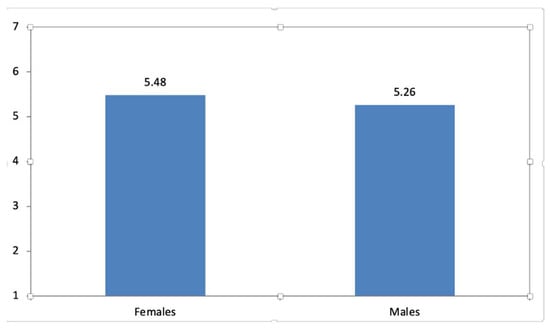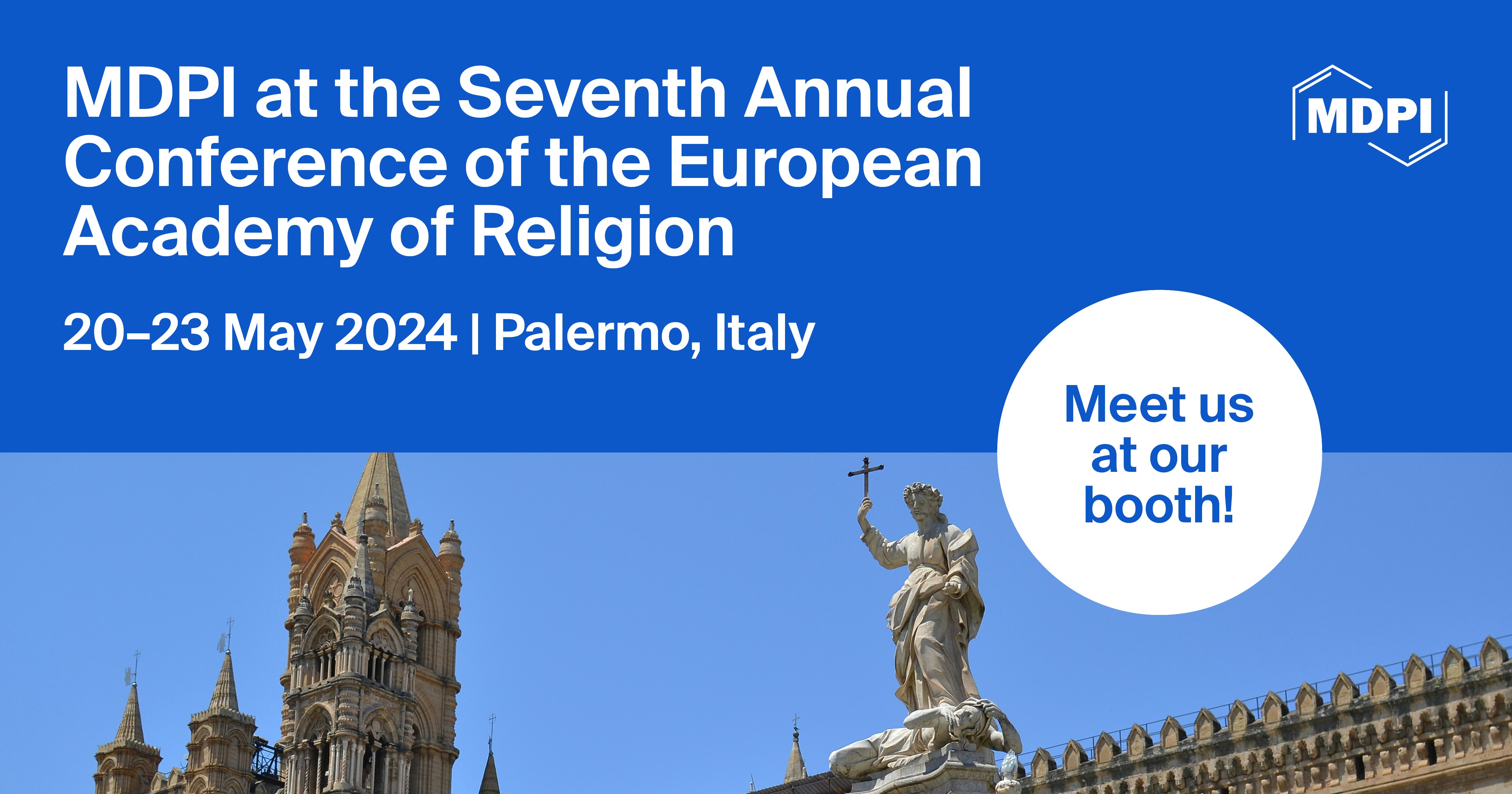-
 Narrative Disjunction, Artful Occlusion, and Cryptic Commentary in Joshua 1–12
Narrative Disjunction, Artful Occlusion, and Cryptic Commentary in Joshua 1–12 -
 Whose Soul Is It?—Destinative Magic in East-Central Europe (14th–18th Centuries)
Whose Soul Is It?—Destinative Magic in East-Central Europe (14th–18th Centuries) -
 Forming Preachers: An Examination of Four Homiletical Pedagogy Paradigms
Forming Preachers: An Examination of Four Homiletical Pedagogy Paradigms -
 Proclamation and Power: Toward a Phenomenology of Preaching and Its Affects
Proclamation and Power: Toward a Phenomenology of Preaching and Its Affects
Journal Description
Religions
- Open Access— free for readers, with article processing charges (APC) paid by authors or their institutions.
- High Visibility: indexed within Scopus, AHCI (Web of Science), ATLA Religion Database, Religious and Theological Abstracts, and other databases.
- Journal Rank: CiteScore - Q1 (Religious Studies)
- Rapid Publication: manuscripts are peer-reviewed and a first decision is provided to authors approximately 22.8 days after submission; acceptance to publication is undertaken in 4.6 days (median values for papers published in this journal in the second half of 2023).
- Recognition of Reviewers: reviewers who provide timely, thorough peer-review reports receive vouchers entitling them to a discount on the APC of their next publication in any MDPI journal, in appreciation of the work done.
Latest Articles
E-Mail Alert
News
Topics
Deadline: 1 July 2024
Deadline: 1 December 2025
Conferences
Special Issues
Deadline: 30 April 2024
Deadline: 15 May 2024
Deadline: 1 June 2024












